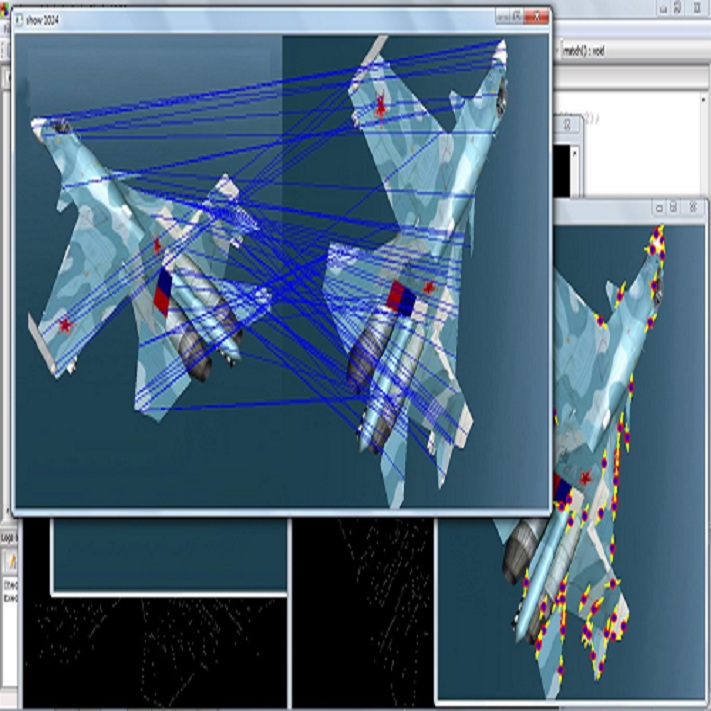This paper focuses on an adaptive and fault-tolerant vision-guided robotic system that enables to choose the most appropriate control action if partial or complete failure of the vision system in the short term occurs. Moreover, the autonomous robotic system takes physical and operational constraints into account to perform the demands of a specific visual servoing task in a way to minimize a cost function. A hierarchical control architecture is developed based on interwoven integration of a variant of the iterative closest point (ICP) image registration, a constrained noise-adaptive Kalman filter, a fault detection logic and recovery, together with a constrained optimal path planner. The dynamic estimator estimates unknown states and uncertain parameters required for motion prediction while imposing a set of inequality constraints for consistency of the estimation process and adjusting adaptively the Kalman filter parameters in the face of unexpected vision errors. It is followed by the implementation of a fault recovery strategy based on a fault detection logic that monitors the health of the visual feedback using the metric fit error of the image registration. Subsequently, the estimated/predicted pose and parameters are passed to an optimal path planner in order to bring the robot end-effector to the grasping point of a moving target as quickly as possible subject to multiple constraints such as acceleration limit, smooth capture, and line-of-sight angle of the target.
翻译:本文侧重于一个适应性和容错的视觉制导机器人系统,它能够在视觉系统在短期内出现部分或完全失灵时选择最适当的控制行动;此外,自主机器人系统考虑到物理和操作方面的制约因素,以履行特定视觉筛选任务的需求,从而最大限度地降低成本功能;根据迭接最接近点图像登记变体的相互交织的整合、限制的适合噪音的卡尔曼过滤器、过错检测逻辑和复原,以及受限的最佳路径规划师;动态估计器估算出运动预测所需的未知状态和不确定参数,同时对估算过程的一致性施加一系列不平等限制,并在出现意外的视觉错误时对卡尔曼过滤参数进行调整;随后,根据使用图像登记误差的度来监测视觉反馈的健康状况的错误检测逻辑,执行故障恢复战略;随后,将估计/预测的形状和参数传递给最佳路径规划师,以便将机器人终端效应仪快速定位到目标加速度的极限,从而尽可能快速地抓住目标的加速度,作为多视距线的加速度。




